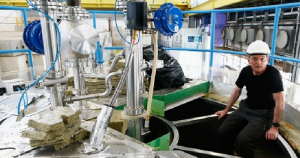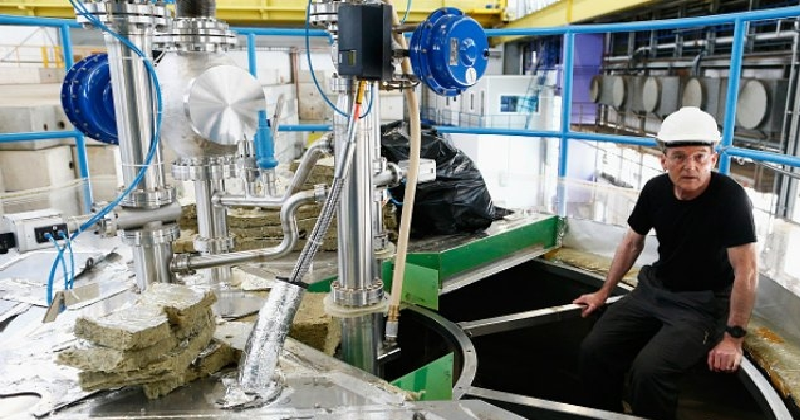
Clouds Provide Clues To Better Climate Predictions: CERN’s Cloud Experiment
Scientists from Washington on May 26th have uncovered the processes of formation and evolution of small atmospheric particles from the pollution influence which can help create accurate models to predict global climate change.
Aerosols and clouds are small airborne things which can become the seeds of which clouds form essential to climate predictions because they reflect sunlight back into space.

“The best estimate is that about one-third of the warming by greenhouse gas emissions is masked by this aerosol cooling, but the fraction could be as large as half and as little as almost nothing,” said Neil Donahue from Carnegie Mellon University in the US.
The complete climate prediction models need to incorporate clouds and aerosols into their calculations but how these new aerosol particles form and grow in the atmosphere and affect clouds and climate.
CERNs Cloud experiments by scientists study a large number to stimulate the atmosphere and track the formation and growth of some aerosol particles they seed.
“This softens the idea that there may be many more particles in the atmosphere today due to pollution than there were in 1750, and suggests that the pristine pre-industrial climate may have had whiter clouds than presently thought,” said Donahue.
“Earth is already more than 0.8 degrees Celsius than it was in the pre-industrial epoch, and this is with some masking by aerosol particles. As the pollution subsides, up to another 0.8 degrees Celsius of hidden warming could emerge,” Donahue added.